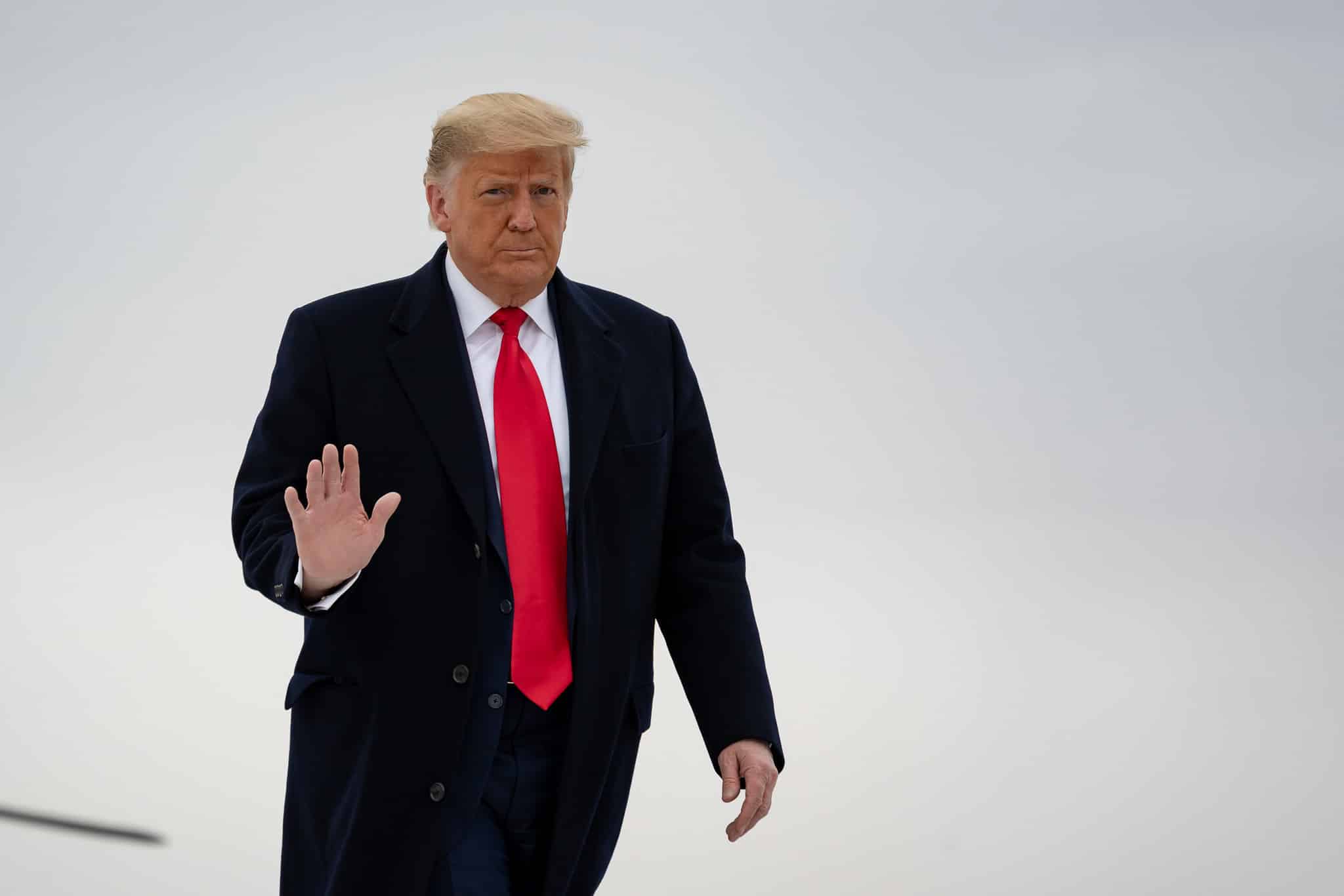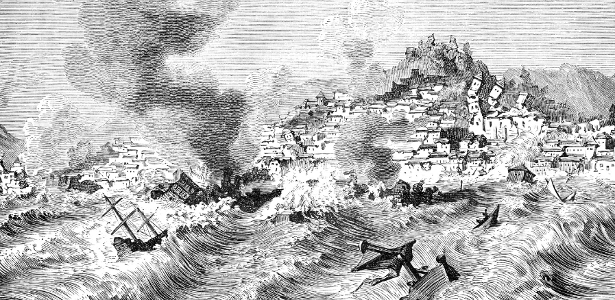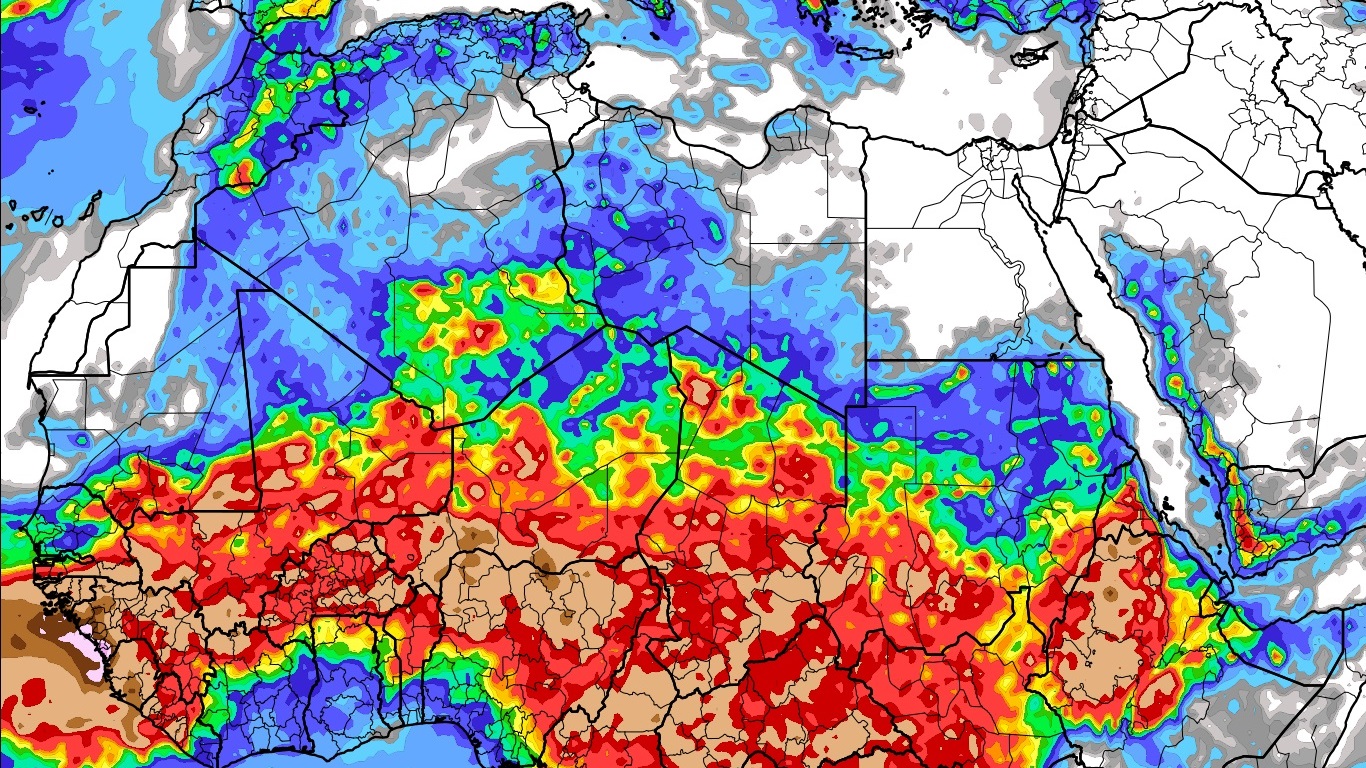
Indian Muhammad Szad, 30, is worried. In his pirate jersey and Argentinian alviceleste, Messi’s name across the back, he walks from side to side of the Plaza Mall shopping mall. The concern is because he bought a ticket to see his favorite in it world Cup Face Mexico.
“It was online. It’s not there yet. It’s coming these days,” he says.
Szad works in a shop that sells seeds and chocolates. His brother is the owner, and he also wears the Argentine uniform.
It doesn’t take long, and Syed Altakhiruddin, 30, from Bangladesh, is closing in. In a Brazilian national team jersey and cap, he cuddles up with Szad. Syed is also an employee of the Plaza Mall, selling mobile phone accessories. There are two other employees there. They both have a yellow shield and a CBF on their chest.
“I couldn’t get tickets to watch Brazil. It’s so sad. I’m going to watch the matches at the Fan Fest anyway,” Syed laments.
Asian City, the neighborhood with a concentration of immigrants who have moved to Qatar to work on construction and infrastructure projects, has never been higher. This is where workers gather to find some distraction, goof and swear with their bosses. There should be no place for the World Cup on this agenda.
Within minutes, the drumming begins, leading to a parade of dozens of people wearing T-shirts and country flags, drumming and singing along the aisles of the mall. Those who did not notice the movement come out to see.
“This has never happened here,” said Mohammed Anees, 27, who has lived in Asia Town for five years.
This Sunday (20) was the moment when the World Cup, an event that should have been limited to the wealthy minority of the Arab nation and tourists, arrived on the outskirts of Qatar.
“Everyone is excited to start the World Cup. If you ask people here, most of them support Brazil or Argentina. I’m from Bangladesh. If you go there, you’ll find that the Brazilian national team has huge fans,” says Ismail (last name not given), 39, Since 2015 in Asian Town.
At the end of the procession of cheering and drumming fans, a series of buildings, all the same, blend into the white earth floor. The buildings are surrounded by high walls and have security guards at the entrances. A residential complex of 10,000 units that brings together the residents of the area.
It is located about 15 kilometers from the center of Doha, which is the area where most of the poor immigrants from Qatar are concentrated. About 50,000 people live there, almost all of them working in civil construction or in the service sector.
The crowd consists of expats from other Arab countries, Indians, Filipinos, Nepalese, Bangladeshis and Sri Lankans. It is no coincidence that the Asian city district is also called Work City (Work City, in English). Those born in Qatar, an absolute emirate ruled by the same family since the 19th century, make up the financial and social elite.
The original name for the project was West End Park. It was changed to Asian Town to reflect the origin of the companies that the government wanted to attract to this area, which is considered the most industrial in Doha.
Despite the football crowd, the cricket field, the most popular sport in India and Pakistan, can be seen.
The story of those who live in the area is to send money to the families who stayed home. The most popular businesses in the neighborhood are exchange offices and currency exchanges. In the most menial jobs, the average salary is US$200 per month (R$1,069), and with this money many need to support themselves and help people back home. Part of the population helped build or remodel the eight stadiums used in the Qatar World Cup.
Ismael tries to say in his broken and faltering English that supporting the Brazilian or Argentine national teams means getting closer to victory. Something not very common for them. Messi And the Neymar They are idols, an image they can only dream of. Seniors claim they started supporting and wearing the yellow jersey because of Ronaldo and winning the 2002 World Cup.
Qatar’s support procession at the World Cup, hours before its defeat by Ecuador in the opening match, was joyful. There was no rebellion in it. It was a defense of the status quo. One of the posters bore a picture of Emir Tameen bin Hamad Al Thani. He has been called a “leader” and a “legend”. Download the last photo Gianni Infantino In the words “Dignified FIFA President”.
Those who wore the shirts of Brazil or Argentina watched this demonstration with their eyes only. They don’t promote cup hosts. When asked why, they just laugh. Qatar is not their home. Supporting two South American teams does more to connect them with friends and relatives back home than the team is rooted in the land they chose to live in out of financial need.
says Ahmed, 28, who works in a shoe store and also sells typical food from his country.
In the past few years, the Asian city has been associated with the problems of Qatari society. It was a place built away from the center so that immigrants could stay isolated. Local workers who were involved in the construction of the stadiums were subjected to grueling hours, 50-plus-degree heat in the summer, and “bail-outs”.legislation that prohibits immigrants from changing jobs unless their employer gives them a letter of authorization.
The World Cup, in this neighbourhood, shouldn’t be this popular.
But even so, on Sunday, for a few hours, Asian Town becomes a stand-up.
“Talking about football every now and then brings people together here too,” says Indian Arjuna.
In the Portugal shirt, he wears the number 7 and Ronaldo’s name on the back because, as he says:
🇧🇷Christian I swear”.

“Proud explorer. Freelance social media expert. Problem solver. Gamer.”






